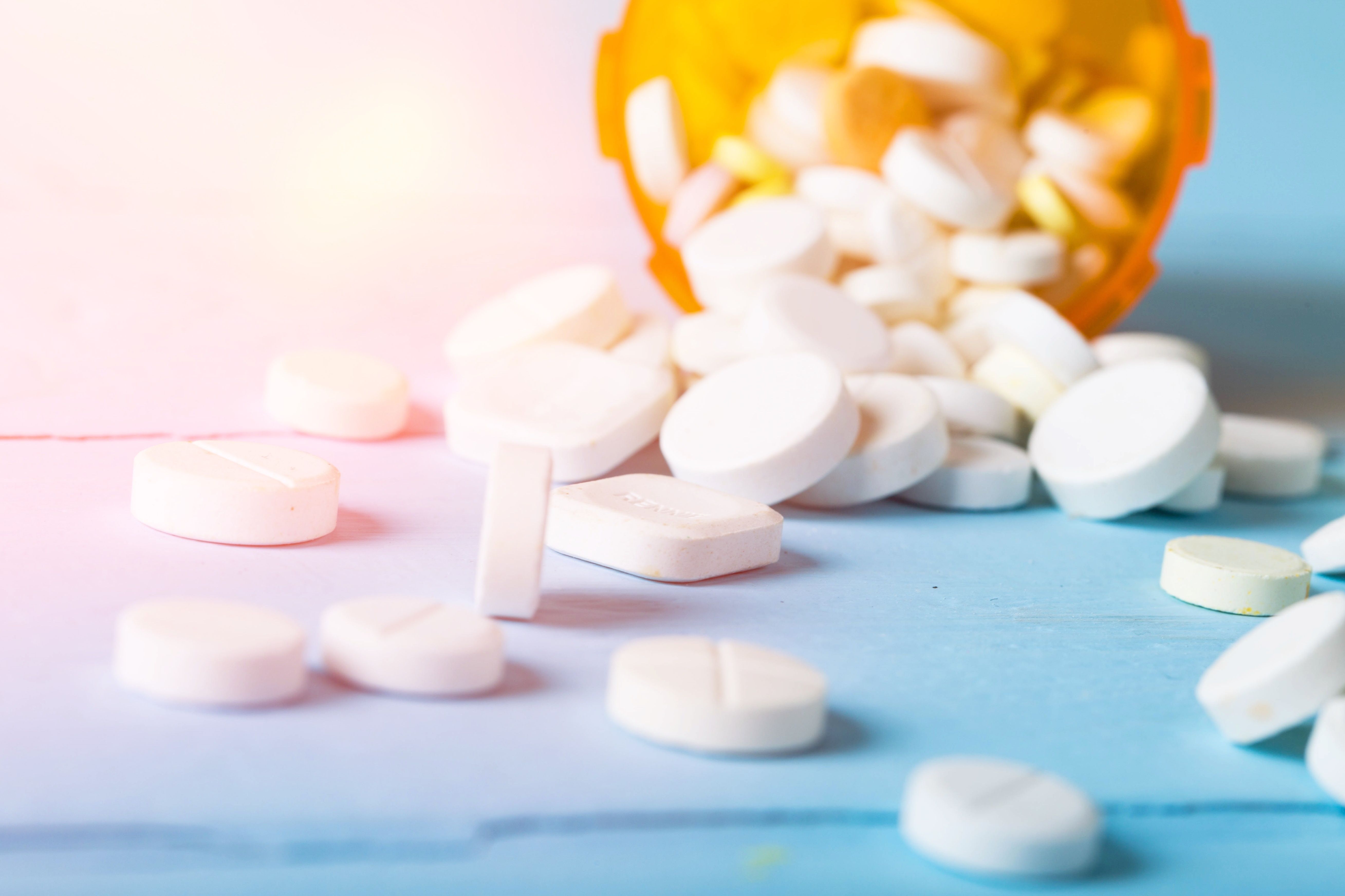Postoperative cesarean delivery treatment using a high-frequency transcutaneous electrical nerve stimulation device decreases postoperative opioid use, according to a recent study in JAMA Network Open.
Takeaways
- High-frequency transcutaneous electrical nerve stimulation devices can reduce postoperative opioid use in cesarean delivery patients, as shown in a recent study published in JAMA Network Open.
- The study highlights the widespread use of opioids for pain management following cesarean delivery, with 80% of patients taking at least one opioid medication, and 3% to 6% continuing to use opioids at 90 days post-surgery.
- Overprescribing of opioids leads to a surplus of unused tablets, which can pose risks of misuse, diversion, or accidental ingestion, emphasizing the need for alternative pain management strategies.
- The study conducted a randomized clinical trial to evaluate the effectiveness of a noninvasive bioelectronic treatment in reducing postcesarean opioid use, showing that the bioelectronic device led to significantly lower opioid consumption compared to a sham device.
- Further research is recommended to explore the integration of bioelectronic devices into routine postoperative care and in other medical settings for managing postcesarean pain.
Cesarean delivery is one of the most common major surgical procedures in the United States, with systemic opioids being the most common postcesarean analgesia. At least 1 opioid medication will be taken by 80% of patients following cesarean delivery. Among these individuals, continued use at 90 days postoperatively is seen in 3% to 6%.
Most patients receive at least 10 more opioid tablets than needed at discharge, leading to at least 12 million unused opioid tablets annually. When these tablets are not disposed properly, they may be misused, diverted, or accidentally ingested. This indicates a need for alternative methods to manage postoperative pain.
It is often difficult for health care professionals to balance pain relief with limiting opioid use. However, there is little data on the use of nonpharmalogical options and novel devices for managing postcesarean pain. Electronical nerve stimulation is a promising therapy, but the efficacy of this method requires further research.
To evaluate the efficacy of a noninvasive bioelectronic treatment in reducing postcesarean opioid use, investigators conducted a triple-blind, sham-controlled randomized clinical trial. Eligibility criteria included having a singleton or twin gestation at 22 to 42 weeks of gestation and receiving a cesarean delivery.
Exclusion criteria included a known history of opioid use disorder, general anesthesia, aversion to opioids or both acetaminophen and ibuprofen, additional significant surgical procedure before randomization, combined vaginal and cesarean delivery in twin gestation, primary language besides English, fetal or neonatal death before randomization, and participation in another study influencing the primary outcome.
Participants were randomized 1:1 to receive either the high-frequency, 20,000 Hz electrical stimulation device or a sham device with the same appearance. Both device types were inserted through the simple urn method. Scheduled nonopioid analgesics and needed opioid analgesics were also provided to patients in both groups following delivery.
The device was applied 3 times postoperatively. The first application occurred as soon as possible and within 2 hours following delivery, the second 12 hours after the first application, and the third 12 hours after the second application. Applications lasted 12 minutes, with the probes placed perpendicular to the skin line approximately 1 inch from the abdominal skin incision.
The Brief Pain Inventory (BPI), completed by participants on day 2 postoperative, self-measured pain scored in the prior 24 hours on a 0 to 10 scale. An increased score indicated greater pain. The discharging physician decided the type and number of opioid pills to be prescribed at discharge.
Demographic information, medical and obstetric history, and outcome data were abstracted from electronic medical records. Total postoperative opioid intake through hospital discharge was measured at the primary outcome of the analysis.
Secondary outcomes included moderate to severe pain, mean pain score, morphine milligram equivalents (MME) prescribed at discharge, additional opioid prescriptions within 6 weeks postpartum, device-related adverse events, and wound complications.
There were 134 people randomized to either the intervention or control group, aged a mean 30.5 years. Significantly less opioid use was observed among individuals receiving the functional device compared to the sham device, with a median 19.75 MME vs 37.50 MME.
Similar rates of moderate to severe pain within the previous 24 hours were reported between both groups, at 85% vs 91%. The median pain scores using the BPI scale were 3.59 in the functional device group and 4.46 in the sham device group.
The intervention group was prescribed significantly fewer opioids, with a median difference of 7.5 MME compared to the control group. Rates of discharge without an opioid prescription were 25% in the intervention group and 10% in the control group.
These results indicated reduced opioid prescriptions from a noninvasive bioelectronic treatment following cesarean delivery. Investigators recommended further studies focus on integrating device use into routine care and in other settings.
Reference
Grasch JL, Costantine MM, Mast DDD, et al. Noninvasive bioelectronic treatment of postcesarean pain: a randomized clinical trial. JAMA Netw Open. 2023;6(10):e2338188. doi:10.1001/jamanetworkopen.2023.38188

